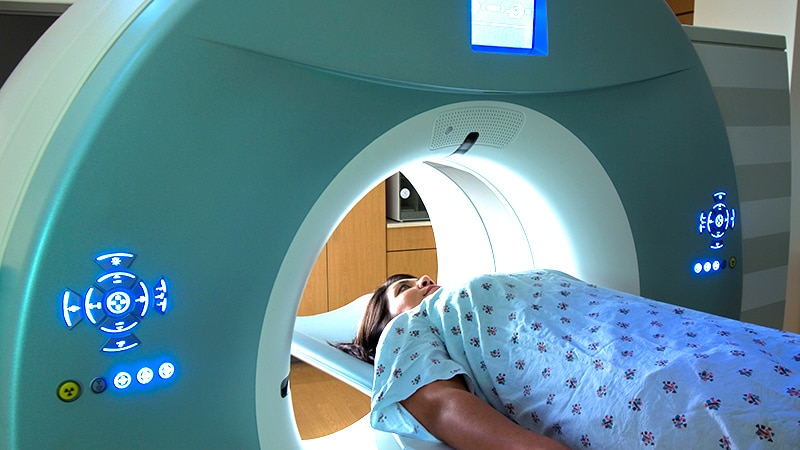The British Menopause Society (BMS) has issued a new consensus statement on the use of hormone replacement therapy (HRT) in women diagnosed with or at risk for breast cancer.
The BMS says the risk for breast cancer associated with HRT is often assumed by health care professionals and the public alike to be very high, despite the fact that the risk conferred by HRT is of a similar degree to other postmenopausal lifestyle risk factors for breast cancer, such as obesity and alcohol.
“The impact of HRT on breast cancer diagnosis is often discussed in isolation of its benefits and there is no or little simultaneous reference to the other lifestyle risk factors for breast cancer, to provide context when counselling women about its use,” the Society says.
The new consensus states that in women with a low underlying risk for breast cancer, short-term (up to 5 years) exposure to HRT for symptom relief exceeds its potential harms, including the associated increased risk for breast cancer.
It is recommended that symptomatic women at high baseline risk for breast cancer, due to family history or biopsy-confirmed high-risk benign breast condition, and those with previous breast cancer, should be managed initially with lifestyle changes and non-hormonal alternatives.
In the minority of women with refractory symptoms, HRT and/or topical oestrogen can be considered, but should only be prescribed after a discussion between the patient, the primary health care and breast specialist teams. HRT should only be considered for the management of oestrogen deficiency symptoms.
The consensus statement advises that the potential risk for breast cancer associated with unopposed or combined HRT should not be discussed in isolation of its other short- and long-term benefits, and the risk should be presented with other risk factors to minimise bias and misinterpretation.



